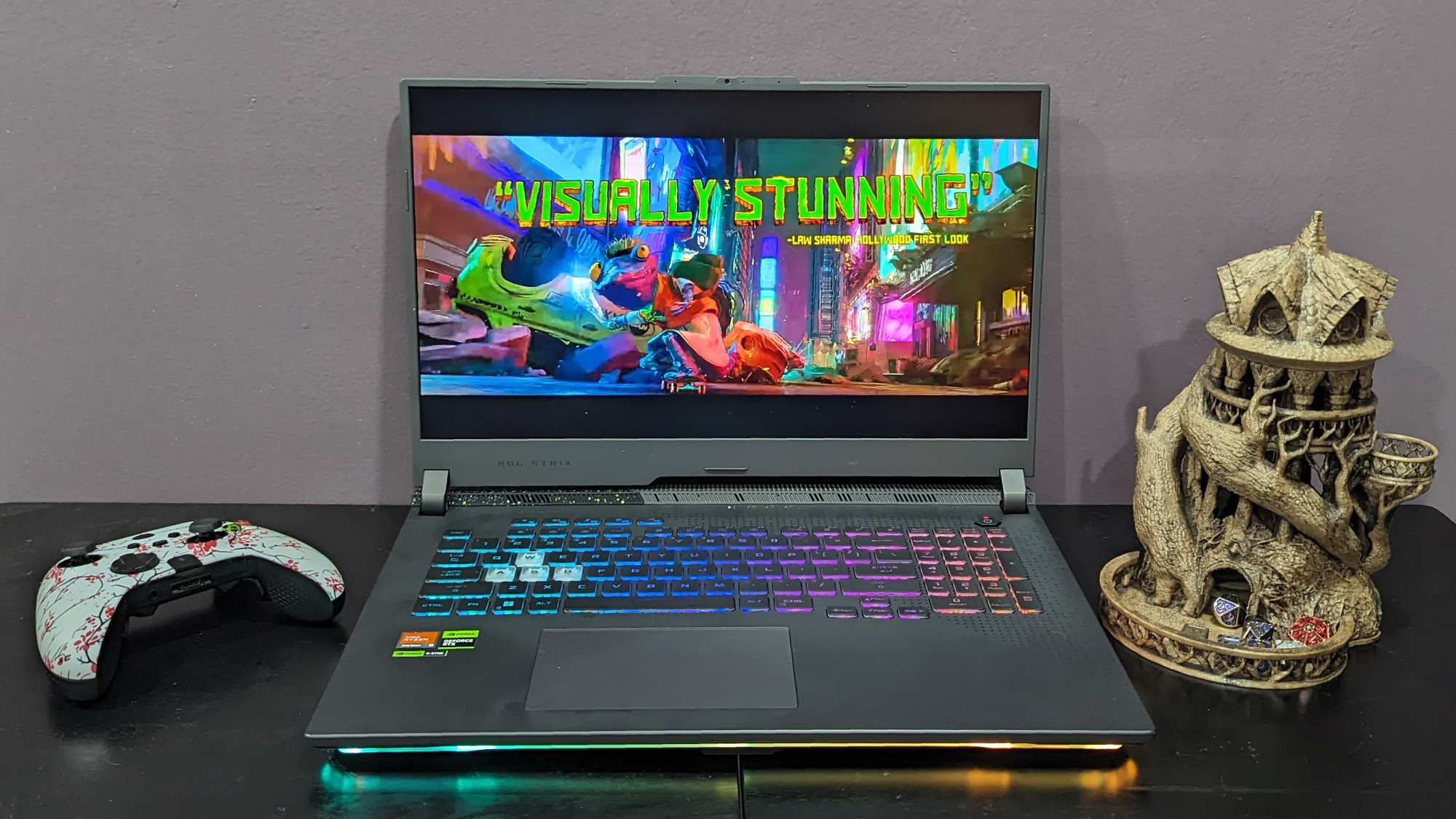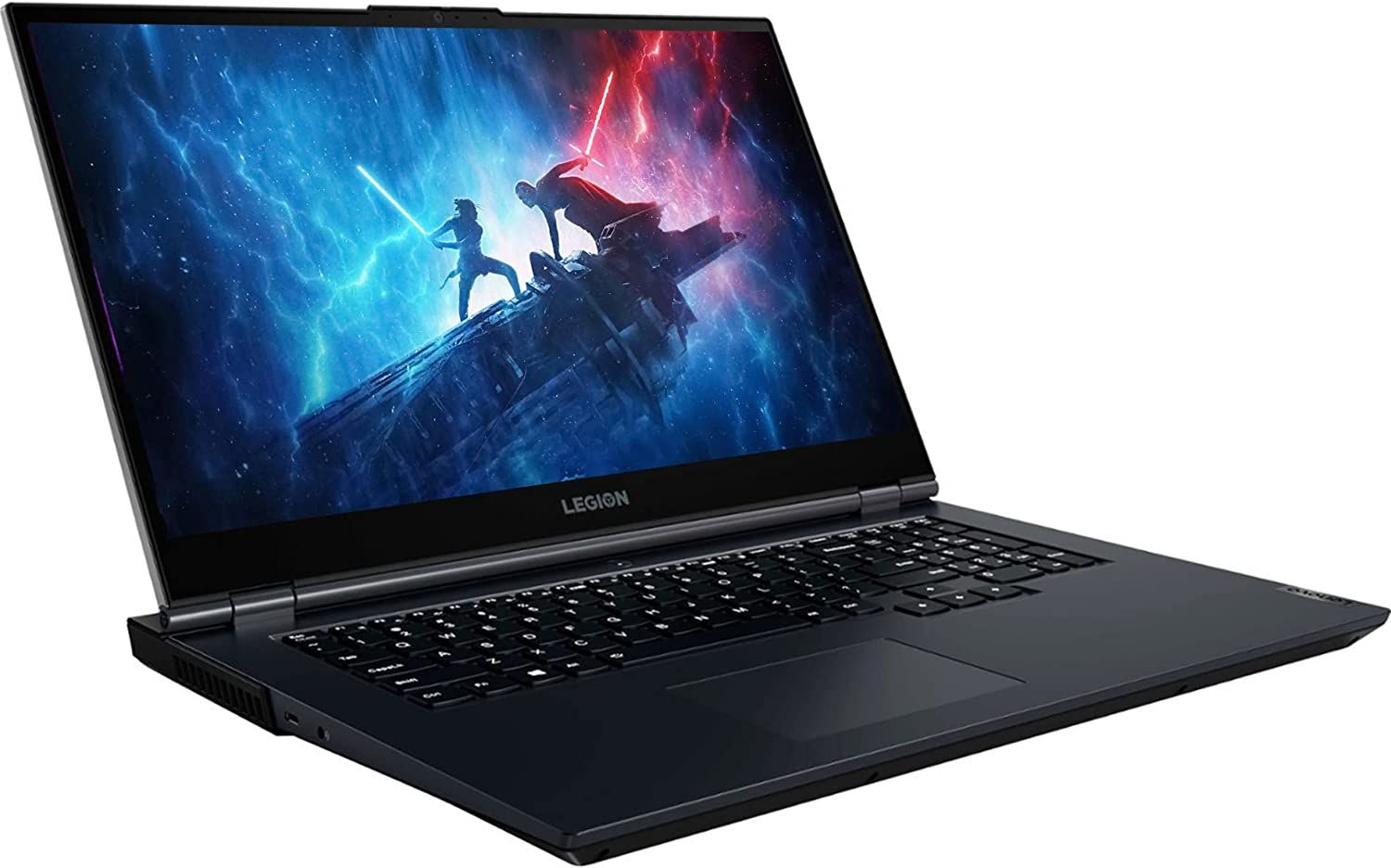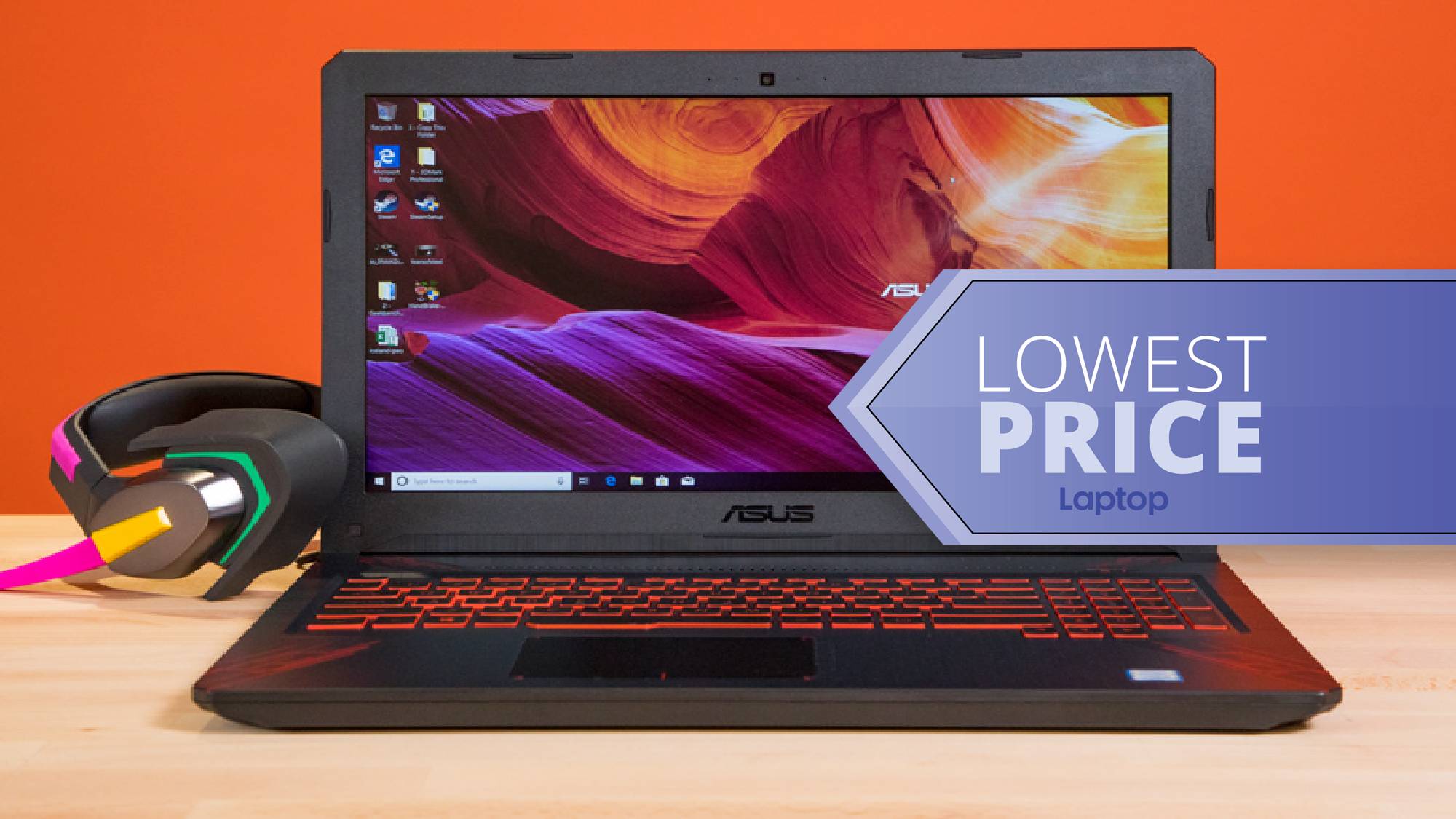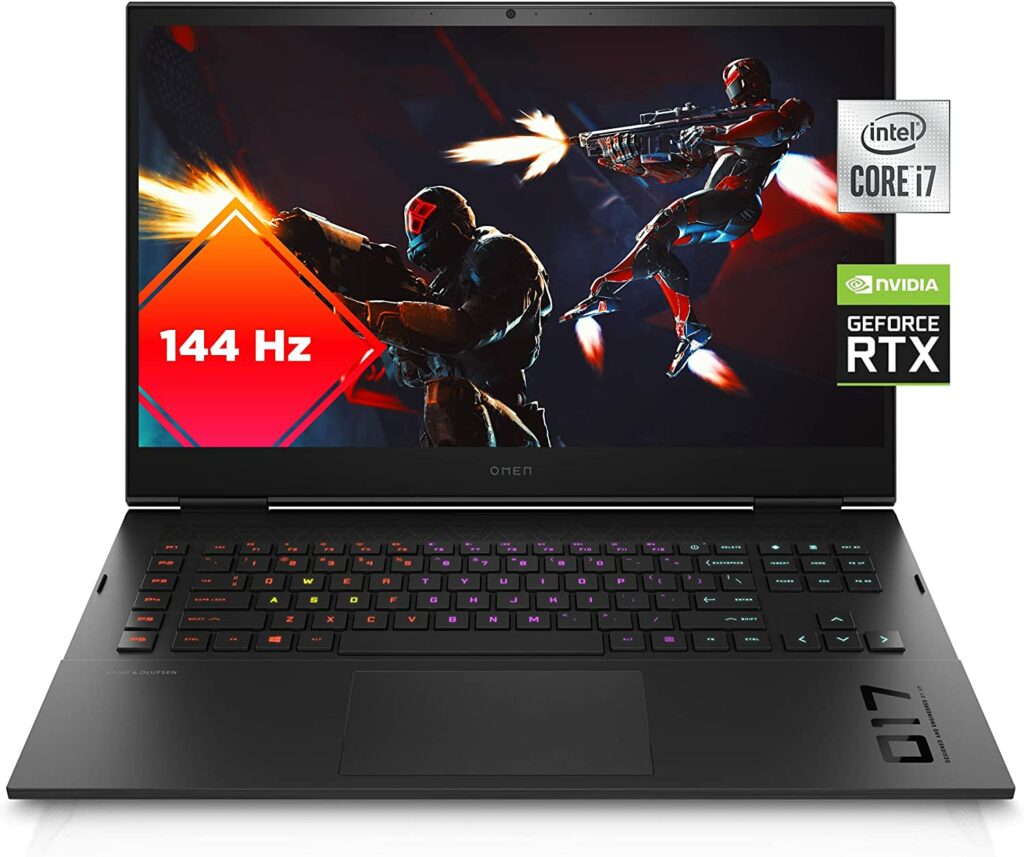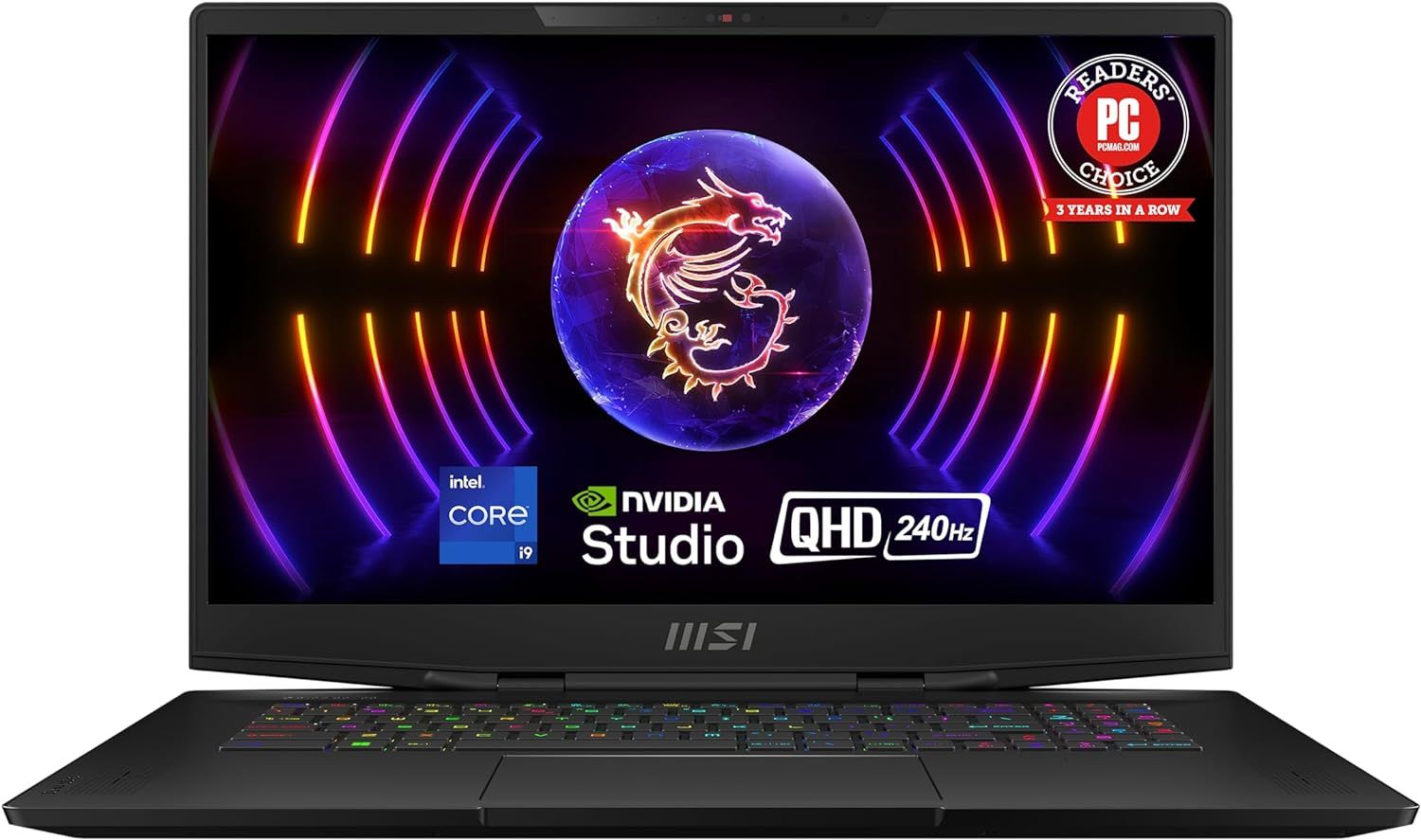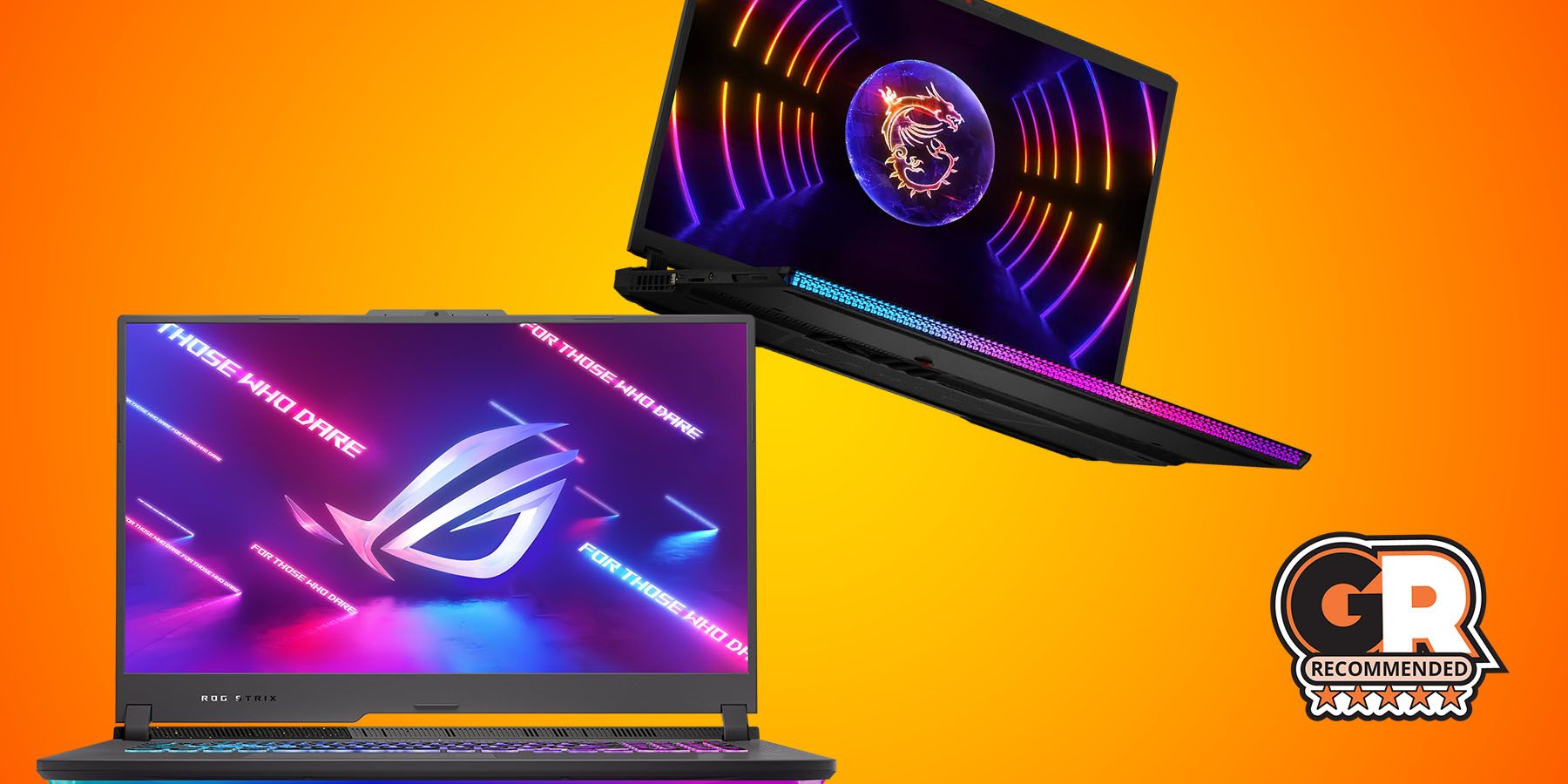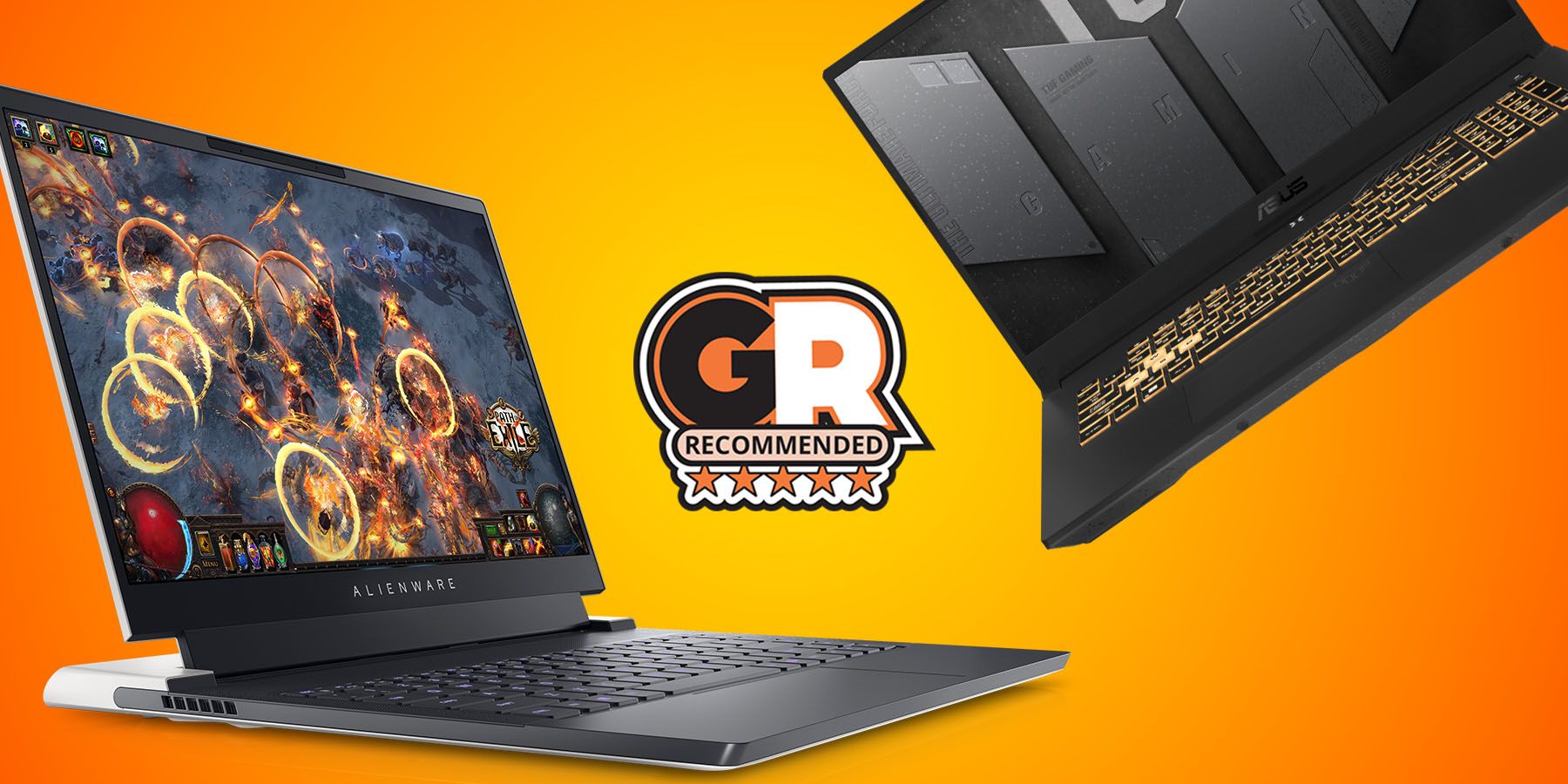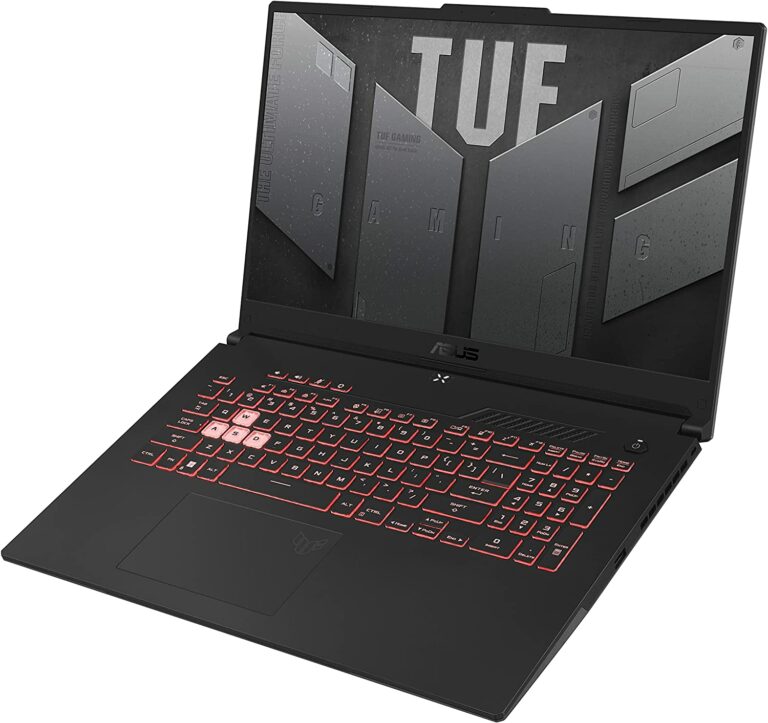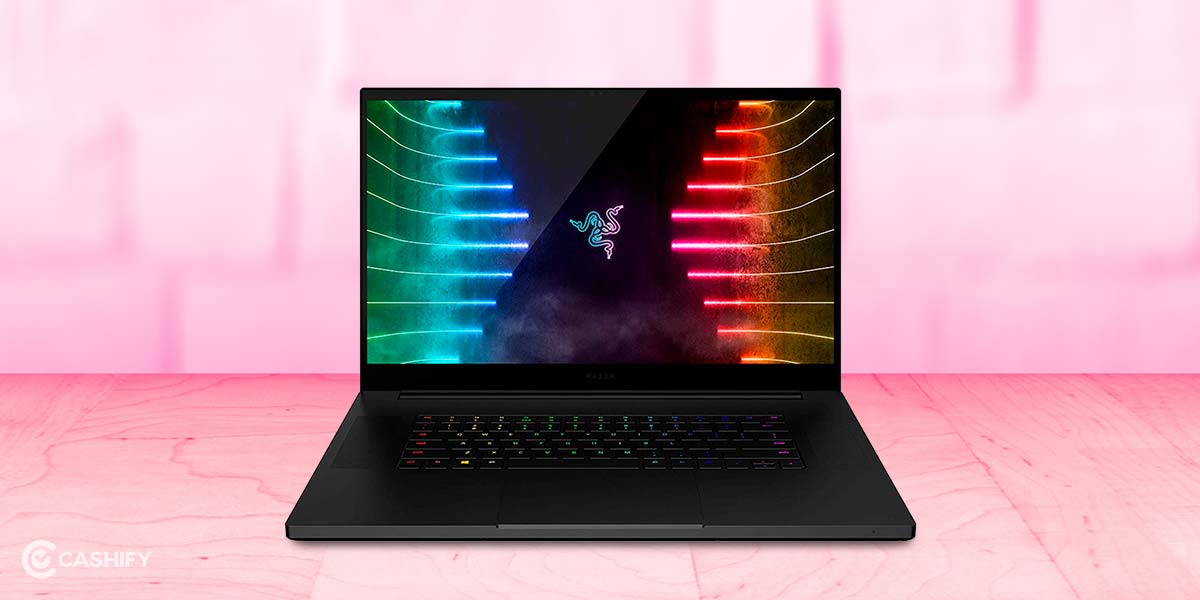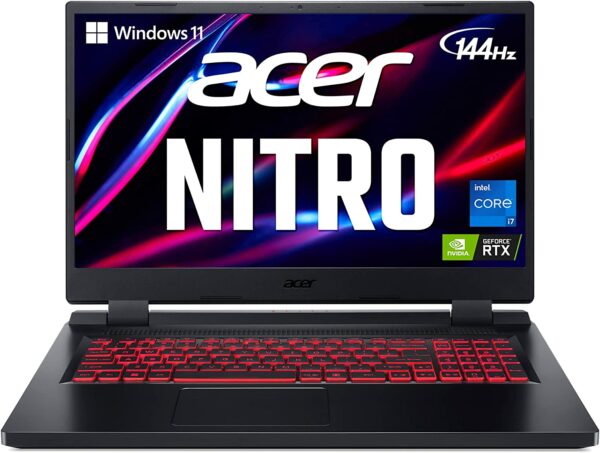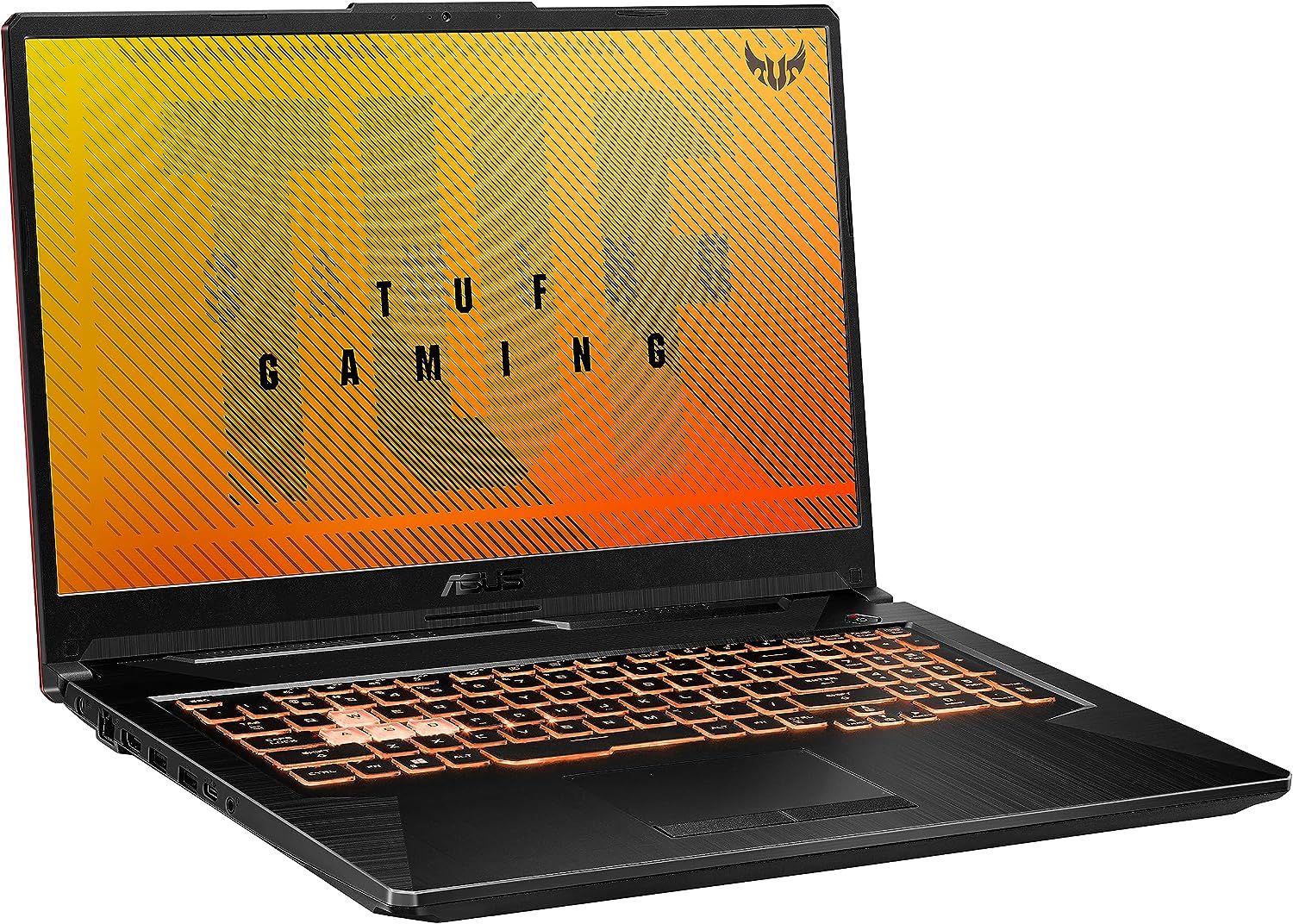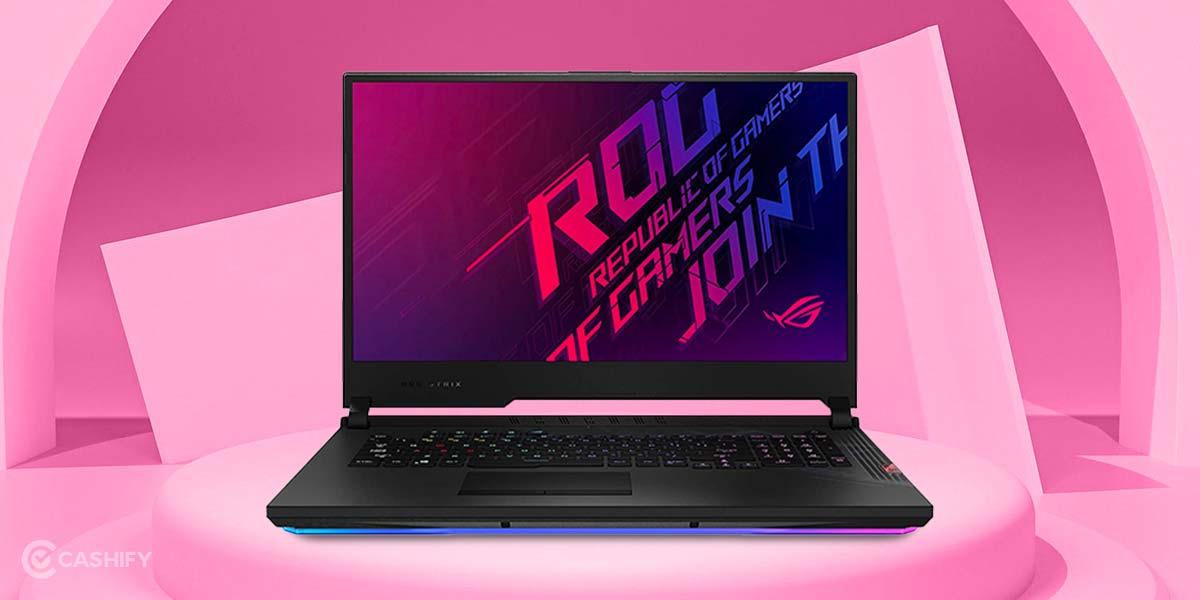Budget 17 Inch Gaming Laptop

So, you're ready to dive into the world of PC gaming but want the immersive experience of a large screen without being chained to a desk? Welcome to the realm of budget 17-inch gaming laptops! This guide is crafted specifically for first-time buyers navigating the often-confusing landscape of specs, features, and price tags. We will help you make the best possible purchase.
Why a 17-inch gaming laptop? For many, it's the sweet spot between portability and visual immersion. You get a sizable screen for enjoying your favorite games without sacrificing the ability to pack it up and game on the go (within reason, of course!).
Top 5 Budget 17-Inch Gaming Laptops: A Quick Comparison
Before we delve deeper, here's a snapshot of some top contenders in the budget 17-inch gaming laptop market.
| Model | Price (USD, Approx.) | Processor | Graphics Card | RAM | Storage | Warranty |
|---|---|---|---|---|---|---|
| Lenovo IdeaPad Gaming 3 | $800 | AMD Ryzen 5 | NVIDIA GeForce RTX 3050 | 8GB | 512GB SSD | 1 Year |
| Acer Nitro 5 | $850 | Intel Core i5 | NVIDIA GeForce RTX 3050 | 8GB | 512GB SSD | 1 Year |
| HP Victus 17 | $900 | AMD Ryzen 5 | NVIDIA GeForce RTX 3050 Ti | 8GB | 512GB SSD | 1 Year |
| Dell G15 | $950 | Intel Core i5 | NVIDIA GeForce RTX 3050 Ti | 8GB | 512GB SSD | 1 Year |
| ASUS TUF Gaming F17 | $1000 | Intel Core i5 | NVIDIA GeForce RTX 3050 Ti | 8GB | 512GB SSD | 1 Year |
Detailed Reviews: Diving into the Details
Lenovo IdeaPad Gaming 3
The Lenovo IdeaPad Gaming 3 is often lauded as one of the best entry-level options. It balances performance and affordability well. Its strengths lie in its decent processing power and adequate graphics for casual to mid-range gaming.
However, be prepared to upgrade the RAM down the line. 8GB can feel limiting in more demanding games.
Acer Nitro 5
The Acer Nitro 5 is a popular choice, known for its aggressive styling and competitive pricing. Performance is similar to the IdeaPad Gaming 3, offering a solid gaming experience at 1080p resolution. The cooling system is generally effective, preventing thermal throttling during extended gaming sessions.
The display, while large, might not be the brightest or most color-accurate.
HP Victus 17
The HP Victus 17 offers a slightly more refined design compared to some of its competitors. It is often considered a step up in terms of build quality. With a slightly more powerful GPU option (RTX 3050 Ti in some configurations), it provides a modest performance boost.
The keyboard can feel a bit mushy for some users.
Dell G15
The Dell G15 is known for its solid construction and reliable performance. Dell often offers competitive pricing, making it an attractive option. It typically boasts a slightly better cooling system than some competitors in the same price range.
The design can be a bit bland for some, lacking the flashy aesthetics of other gaming laptops.
ASUS TUF Gaming F17
The ASUS TUF Gaming F17 is built to be durable, living up to its "TUF" (The Ultimate Force) branding. It's designed to withstand some bumps and bruises. It also generally includes a better screen than the other models listed, providing improved color accuracy and brightness.
The price is often higher compared to the other models, but the added durability and screen quality might justify the cost.
Used vs. New: Weighing the Options
Buying used can save you a significant amount of money, but comes with risks. A new laptop provides peace of mind with a warranty and the assurance of pristine condition. However, the price difference can be substantial.
Pros of Buying Used: Lower price, potential for higher-end specs at a budget price. Cons of Buying Used: No warranty (or limited), potential for hidden issues, shorter lifespan, battery degradation.
Pros of Buying New: Full warranty, brand new condition, longer lifespan, latest technology. Cons of Buying New: Higher price, potential for outdated technology by the time you need to use its full potential.
Reliability Ratings by Brand
Reliability is a crucial factor. Some brands are known for their robust builds and dependable performance.
ASUS: Generally well-regarded for reliability, especially their TUF and ROG lines. Lenovo: Known for solid build quality and reliable performance in their gaming laptops. Dell: Typically dependable, with good customer support. HP: Reliability can vary, but generally considered average. Acer: Can be hit-or-miss, some models are more prone to issues than others.
These are general trends, and individual experiences may vary. It is wise to check user reviews for specific models.
Checklist: 5 Must-Check Features Before Buying
- Graphics Card (GPU): The GPU is the most important component for gaming. Aim for at least an NVIDIA GeForce RTX 3050 or equivalent.
- Processor (CPU): An Intel Core i5 or AMD Ryzen 5 processor is generally sufficient for budget gaming laptops.
- RAM: 8GB is the bare minimum, but 16GB is highly recommended for smoother performance, especially in newer games.
- Storage: A 512GB SSD is essential for fast loading times. Consider adding a secondary HDD for storing less frequently used files.
- Display: Look for a 1920x1080 (1080p) resolution with a refresh rate of at least 60Hz. 120Hz or 144Hz is even better for smoother gameplay.
Key Takeaways and Final Thoughts
Choosing the right budget 17-inch gaming laptop involves balancing performance, features, and price. Prioritize the graphics card and RAM, as these have the biggest impact on gaming performance. Consider the trade-offs between buying used and new.
Pay attention to the display quality and keyboard comfort. Also check reliability ratings of specific models and brand. Read reviews from other users to get a better understanding of potential issues.
Ready to Level Up?
Now that you're armed with the knowledge, take the plunge and start comparing models! Visit online retailers, read user reviews, and remember to prioritize the features that matter most to you. Good luck, and happy gaming!
